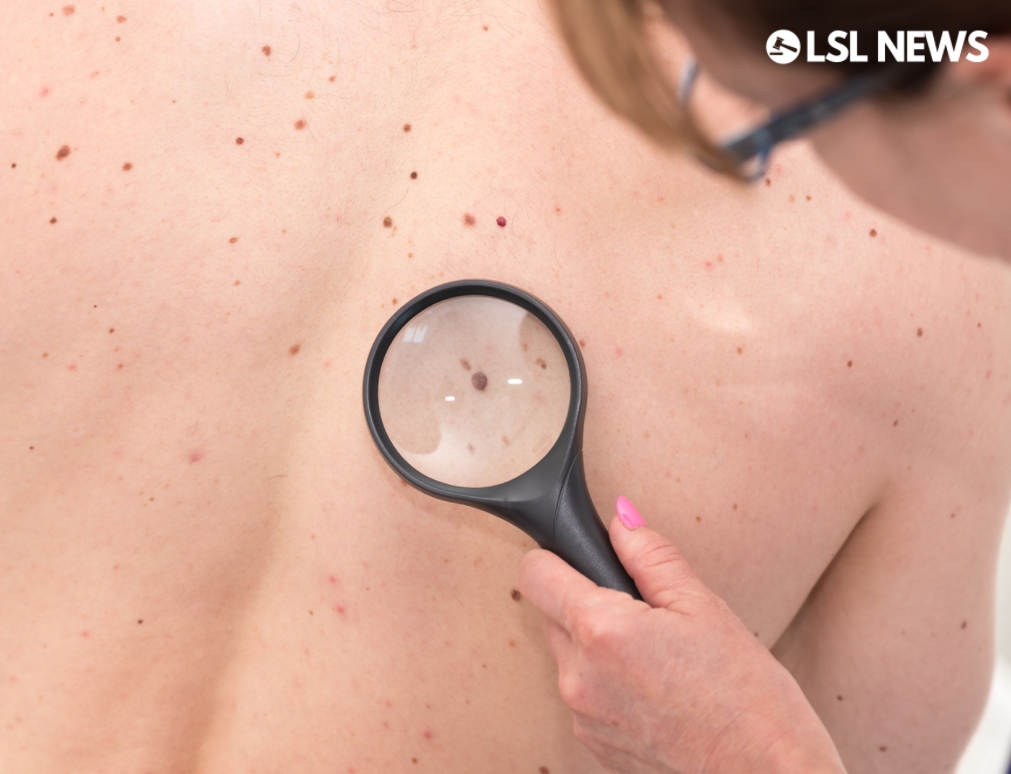Irish farmers are particularly vulnerable to developing skin cancer as they are exposed two or three times more UV than someone who works indoors.
Dr Triona McCarthy, consultant in public health medicine, said that farmers are particularly vulnerable to skin cancer due to the length of time they work outdoors and their self employed work status where controls and social supports are less readily applicable.
“As with many cancers, malignant melanoma skin cancer develops when cells are damaged and grow uncontrollably,” Dr McCarthy said.
“Exposure to UV rays from the sun, even on cloudy days, or from artificial sources like sunbeds, is the most common cause of skin cancer. Exposure to UV damage is irreversible, permanent and cumulative with each exposure.”
Dr McCarthy added that farmers “appear to have a number of misunderstandings of the dangers of UV sunlight risks and protective measures.”
When the UV index is three and above, skin needs to be protected, even if it is cloudy. UV is strongest between April and September and between 11am and 3pm.
Other preventative measures include using protective clothing that covers exposed skin including long sleeved shirts and broad brimmed hats along with a +30 sun protection factor (SPF).
“A key message we need to get across to farmers and outdoor workers is that UV sunlight is dangerous, but adopting protective measures leads to long-term risk reduction,” concluded Dr McCarthy.
Teagasc will be holding a public webinar on UV sunlight risks on Wednesday 21 April, from 11:30am to 1pm. All farmers are invited to attend.
LSL News.

